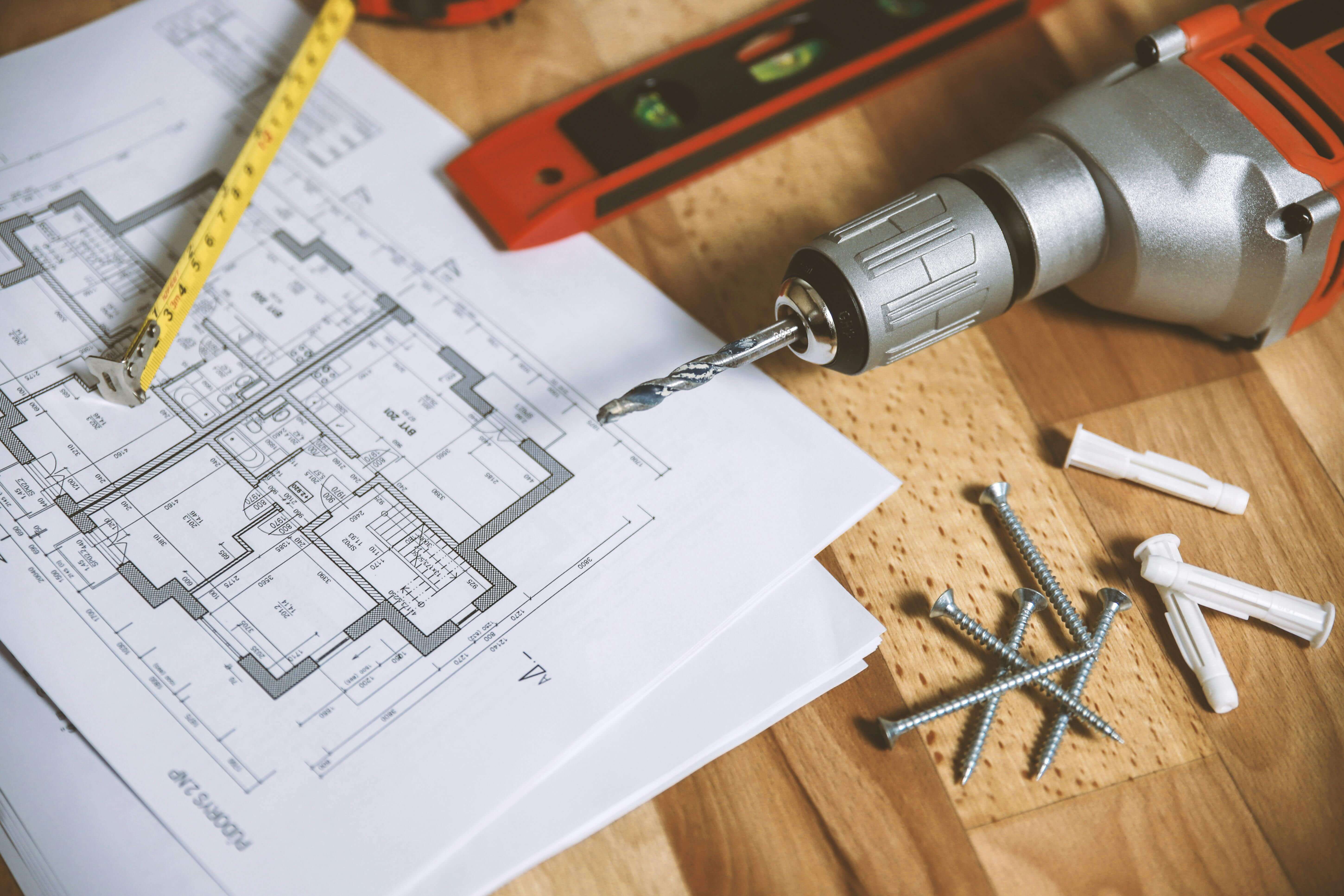Creating a budget is the first and most critical step of any home renovation. For many, the default tool is a spreadsheet. While it seems logical, manual budgeting is filled with pitfalls that can lead to costly surprises down the road. This guide explains why a dedicated renovation cost calculator is a superior tool and how to use it to build a confident, accurate budget.

The Dangers of Manual Budgeting in a Spreadsheet
A blank spreadsheet is unforgiving. It only knows what you tell it, and it's easy to forget crucial cost categories. Common mistakes include:
- Forgetting "Soft" Costs: It's easy to list materials, but what about sales tax, shipping fees, or permit costs from your city? These can add thousands to a budget.
- Underestimating Labor: Unless you're a pro, it's nearly impossible to accurately estimate the hours required for plumbing, electrical work, or complex tile installation.
- No Contingency Plan: What happens when you open a wall and find water damage? A spreadsheet doesn't automatically build in the recommended 15-20% contingency fund for surprises.
- Ignoring Demolition and Waste Removal: Getting rid of the old stuff costs money. Dumpster rental and disposal fees are often overlooked.
What a Good Renovation Calculator Does
A dedicated renovation calculator solves these problems. It's built on a foundation of industry data and is designed to think of the things you might forget. For example, trying to compare the cost of remodeling different-sized homes is complex, as we detail in our guide to costs by square footage. A good tool simplifies this by:
- Being Comprehensive: It should prompt you for all potential cost items, from demolition to the final coat of paint.
- Using Realistic Data: It should be based on up-to-date regional or national cost averages for both materials and labor.
- Account for Hidden Fees: A great calculator will automatically suggest adding a contingency and remind you about permits and other soft costs.
- Be Easy to Use: It should guide you through the process, making a complex task feel manageable.
How to Get the Most Out of Our Estimator
Using our calculator is straightforward. To get the most accurate result, it helps to be prepared. Follow these simple steps:
- Define Your Scope: Before you start, have a clear idea of what you want to change. Are you just updating a kitchen, or is it a whole-home project? Know which rooms are involved.
- Gather Basic Information: You don't need a full blueprint, but having basic room dimensions (length and width) and a rough idea of your material preferences (e.g., "I like quartz countertops" or "I want hardwood floors") will make your estimate much more accurate.
- Input and Refine: Enter your project details into the tool. Our AI will generate a detailed, line-by-line estimate. You can use this as a baseline to have informed conversations with contractors and refine your budget.